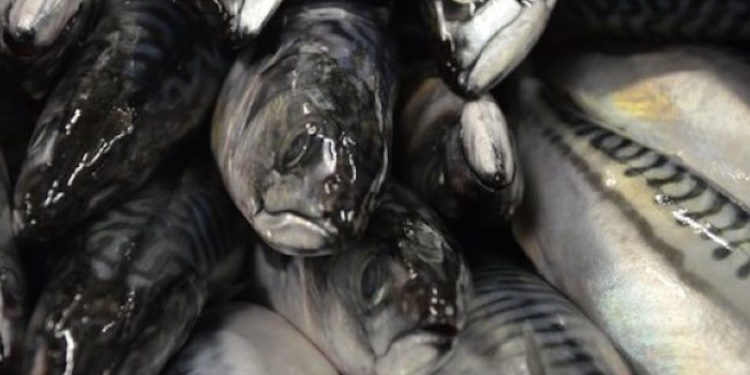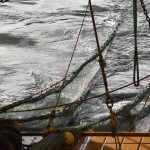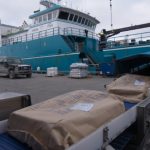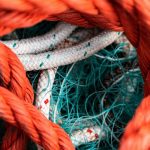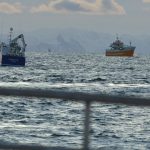Norwegian vessel operators’ federation Fiskebåt has levelled some sharp criticism at the ICES decision to recommend a 35% cut the mackerel fishery, reducing it to 560,000 tonnes.
According to Fiskebåt director Audun Maråk, the ICES rationale is based on egg surveys and overshooting quotas in recent years, while the research organisation also says that recruitment has been questionable and that the stock may have moved northwards.
‘The stock has continued to grow despite the recommended quotas having been exceeded in recent years,’ Audun Maråk said, commenting that this has been remarked upon by both ICES and the Norwegian Institute of Marine Research.
‘I would like to remind you what the researchers from the Institute of Marine Research said at the annual meeting of Fiskebåt Sør last December; “What we see is that recruitment of mackerel has been very good. When the stock increases, it needs more food and increases its range.” This has also been the view of the fishermen,’ he said, adding that ICES assumes that the stock has not increased, but only moved to new areas.
‘For those who are concerned with the recommendations and advisory framework, it becomes very difficult when the advice is contradictory. Fiskebåt will go through the quota recommendations thoroughly and make its final assessments,’ he said.
Audun Maråk also stated that in the quota agreement between the EU, the Faroe Islands and Norway, a stability rule of plus/minus 20% of the agreed TAC (total quota) is accepted as long as the spawning stock is over three million tonnes.
ICES has recommended a 546,472 tonne quota for Atlanto-Scandian herring, a 15% cut over the 2017 figure, and a 1,387,872 tonne quota for blue whiting, an increase of 3%.
‘The quotas for these stocks were as expected,’ Audun Maråk said.

